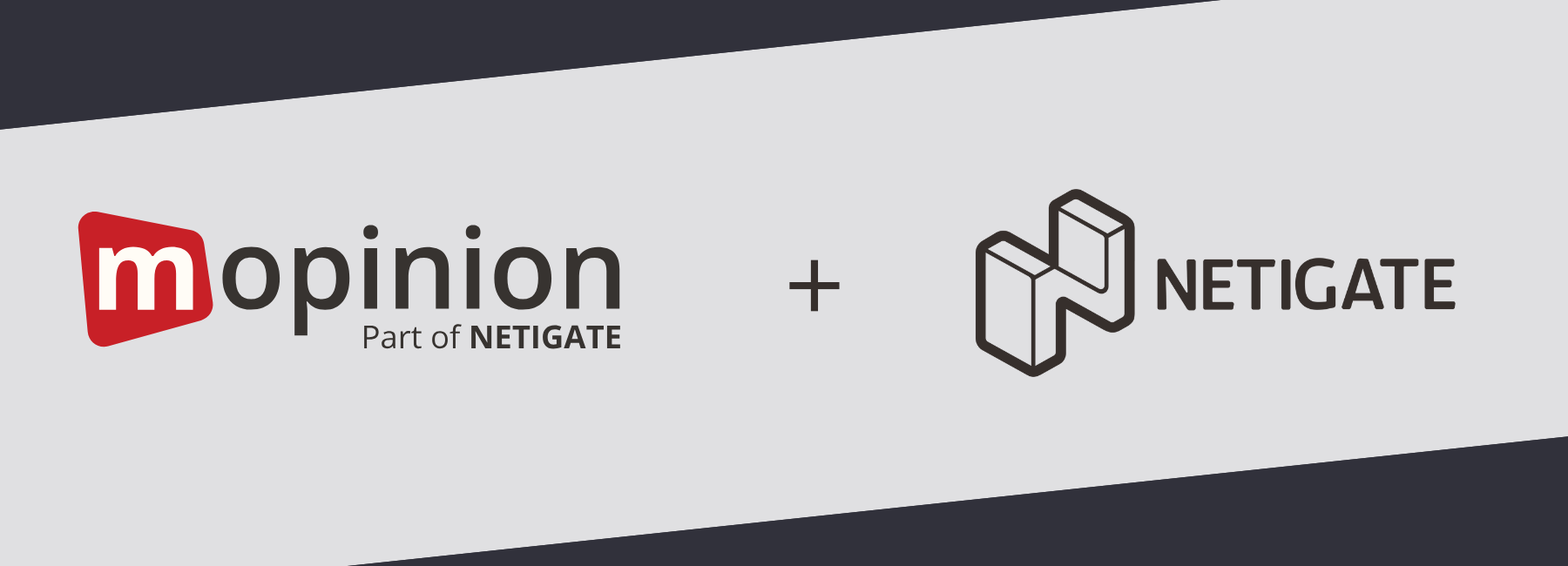Let it be known. As an online retailer, you can’t always win on price. This is especially true around the holidays when customer expectations are high and time is of the essence. Everyone is scrambling to satisfy their Christmas lists by seeking deals, quick delivery, custom offers and most importantly, a good digital customer experience that makes all of this chaos possible without any hassle.
To help you meet shopper expectations this holiday season (and the next!), we’ve gathered a few tips that will ensure the delivery of a winning digital customer experience as well as keep your customers coming back to you year after year. Curious what they are?
Here are our 4 tips for a ‘jolly’ digital customer experience this holiday season.
1. Fine tune your mobile channels
It’s no secret that mobile is becoming more and more important to the online customer journey. Referred to by Forbes as the new ‘front door to the store’, mobile is now the leading channel for retail. It is no longer a novelty but rather a habit for shoppers to do all of their research online, whether that is to determine pricing, find a physical store in the area or even to purchase an item.
That being said, brands that prioritise their mobile channels (i.e. mobile optimised websites or mobile apps) will certainly be the most successful during the holidays. And as for the others go, it’s time to buckle down and start optimising for a smooth mobile experience.

Source: Chain Store Age
Seeing as how the holidays are right around the corner, it may be a little late to optimise for the 2019 season, but that doesn’t mean you can’t start fine tuning for 2020. But how can you maintain a flawless mobile experience with all of this mobile traffic headed your way and keep your customers converting? One of the best ways to do this is via mobile customer feedback. And for the sake of this article, let’s focus on in-app feedback.
The customer is the only one who knows what he/she wants to see so take advantage of their feedback. Collecting mobile feedback will not only save you money, but also help you get to know your customers and keep you up-to-date with how your app is performing. Let’s take a look at each of these more closely:
- Cost savings. Developing a mobile app can be an expensive undertaking. Adding new features and altering existing ones can be quite costly if these decisions are based solely on presumptions. By collecting feedback from customers who have experienced your app first-hand, you will be much better equipped to make meaningful changes to your app.
- Helps you get to know your customers. Along with their opinion of your app, feedback also allows you to gather demographic information about your customers. Having this information on hand enables your business to form personas. If you cross analyse personas with feedback results you’ll be able to create not only a more personalised experience for your customers but also develop an app you know they’ll like.
- Keeps you in touch with how your app is performing. One of the great things about in-app feedback is that it can give you very specific feedback on, for example, a feature you’ve launched or an update you’ve recently come out with.
Now that the benefits are clear, how can you collect this feedback in practice? In this blog, you will find more information about how to gather the best in-app customer feedback.
2. Personalise the customer experience
Personalising the customer experience during the holidays is hugely advantageous. Why? Think of it this way. During the holidays, shoppers are rushed into making quick decisions online. But the truth of the matter is, they all end up making purchases based on three factors: convenience, availability and cost. That being said, if you are to put the right information in front of your shoppers at the right moment, you’re golden.
For many businesses, personalisation has become a strategic pillar for their online marketing efforts. For example, something as simple as personalising product recommendations can generate significantly more revenue and conversions than a non-personalised experience.

Source: Contently
Being able to provide a personalised experience, however, still proves to be a real challenge for many digital marketers. In fact, almost 60% of marketers claim that they struggle to personalise content and experiences (in real-time); an occurrence which is often attributed to the company’s inability to gain and apply customer insights quickly enough.
The good news is, there is room for these marketers to grow. Delivering a personalised experience requires a healthy combination of the right data and right [feedback] technology.
Let’s take a closer look at how digital feedback data drives personalisation (using customer segmentation and profiles):
Coupling digital feedback data with customer data can yield some very interesting results. Customer data (specifically segmentation data) often includes demographic information, geographic data, behavioral data, psychographic data and more. This type of data not only gives you a deeper look into the pool of customers you’re collecting data from but also helps you understand how truly different these segments are and how their behaviour varies.
Want to learn more about how to align customer data and feedback data for optimal insights? Download our [free] whitepaper here.
3. Give your customers the service and support they need
This is a big one in the world of retail, where customer service is the ‘bread and butter’ of the industry. It’s important to keep in mind that while good prices have a tendency to attract customers, poor customer service is just as good at steering them away. In fact, 8 out of 10 shoppers say that poor customer service will compel them to switch to another brand. That’s huge.
But fear not! There are a number of ways to meet the (very high) expectations of your customers. In addition to customer service representatives, many companies also have self-service tools or content in place, that are designed to help customers find what they’re looking for (without having to pay your staff to be at the ready 24/7). These are tools such as Knowledge Bases and Frequently Asked Questions pages (FAQ), which can easily be optimised using customer feedback.

Mopinion feedback form used for content pages
On top of shedding light on technical issues (such as login problems, download errors or bug reports), website content feedback is a great way of keeping a pulse on your customer support pages this holiday season.
This includes pages such as forums, online communities, FAQs, instructions, Knowledge Bases and E-manuals. According to a study done by Forrester, “trends show that call volumes decrease after the deployment of a community”. This decrease in calls takes a huge burden off of your customer support staff as it prevents them from having to take calls from customers whose questions can be answered online. This, for obvious reasons, can help your company save on costs.
It also puts you in a better position in terms of an overview of your content. What kind of information are your visitors looking for, where is the information unclear, which segments are searching for this information and how frequently, etc. Use this information to your advantage and you’ll be certain to provide great service!
Which leads me to my final and most important tip for the holiday season: following up on your feedback, or ‘staying on top of customer conversations’.
4. Stay on top of customer conversations
This last one is critical to your overall customer experience. Staying on top of customer conversations and keeping customers in the loop with what you’re doing with their feedback is necessary for there to be any loyalty. Think of it this way, your customer is turning to your feedback button to resolve a particular issue he/she is experiencing. They see this feedback button as a platform for two-way conversation and therefore expect a response (when it is required). It is your job this holiday season to pay your customers the attention they deserve and respond to their feedback.

With a feedback software like Mopinion, this is very easy to achieve. By analysing your feedback and distributing feedback tasks to all of the relevant departments within your organisation, you will keep customers happy and keep your website fully optimal. After all, Digital Customer Experience – as we like to say – is the sum of insight AND action.
A top-notch Digital Customer Experience = happy customers
The most important takeaway here is to keep optimising your website and mobile app and keep doing your best to keep your customers happy! Online customer feedback is a great way to keep you and your team up-to-date with any hurdles you may stumble across, especially during the holiday season and the next!







